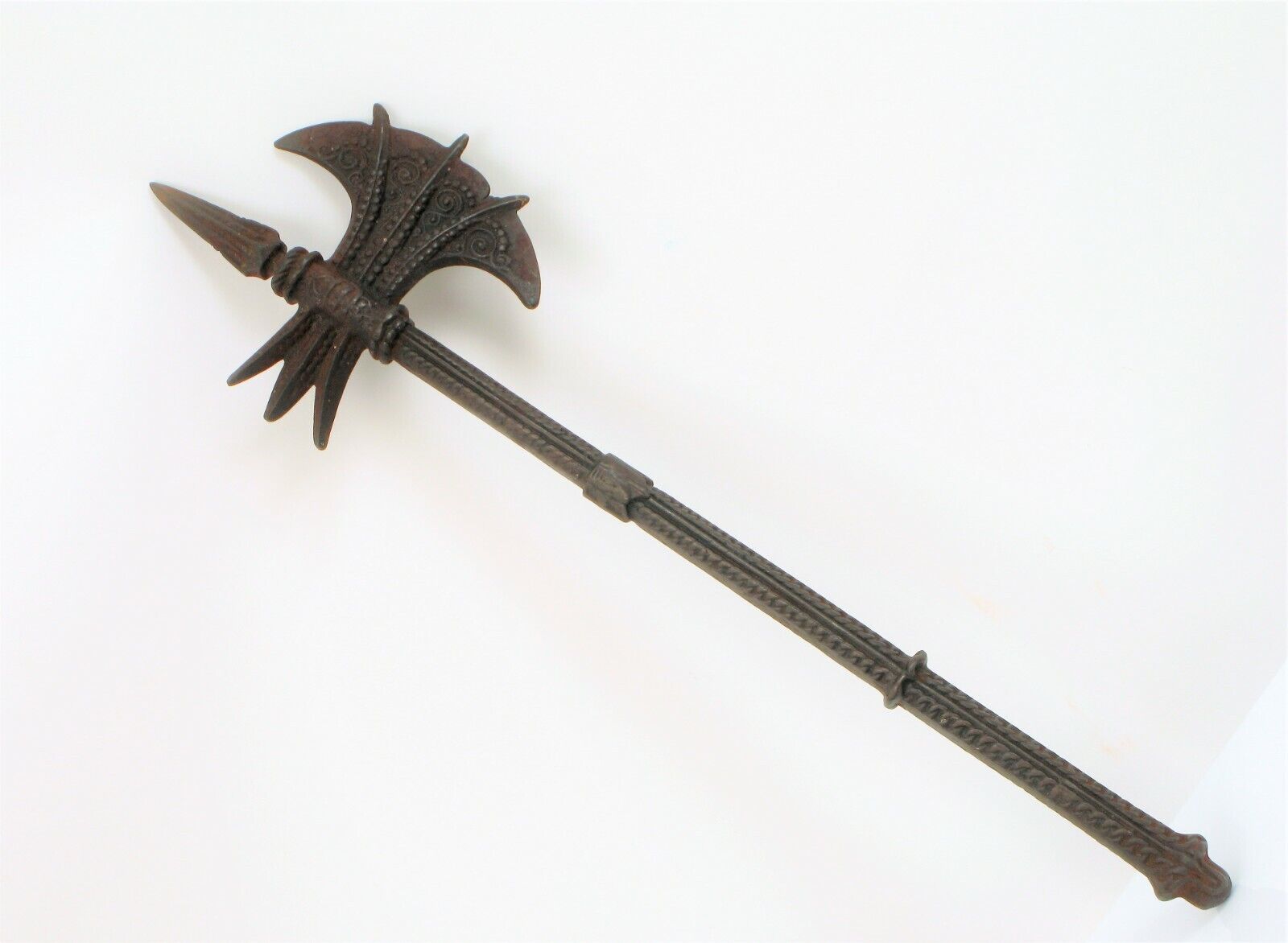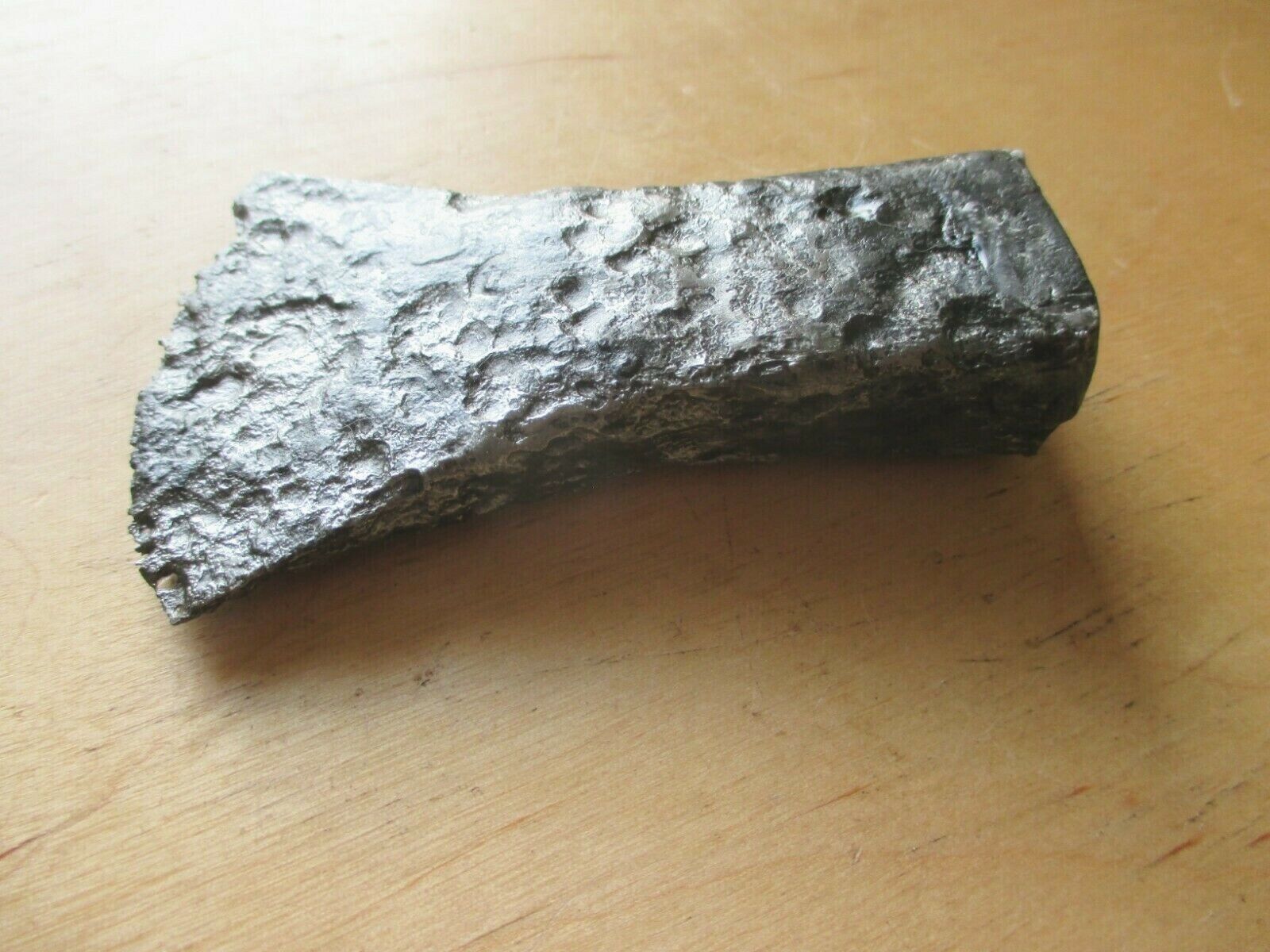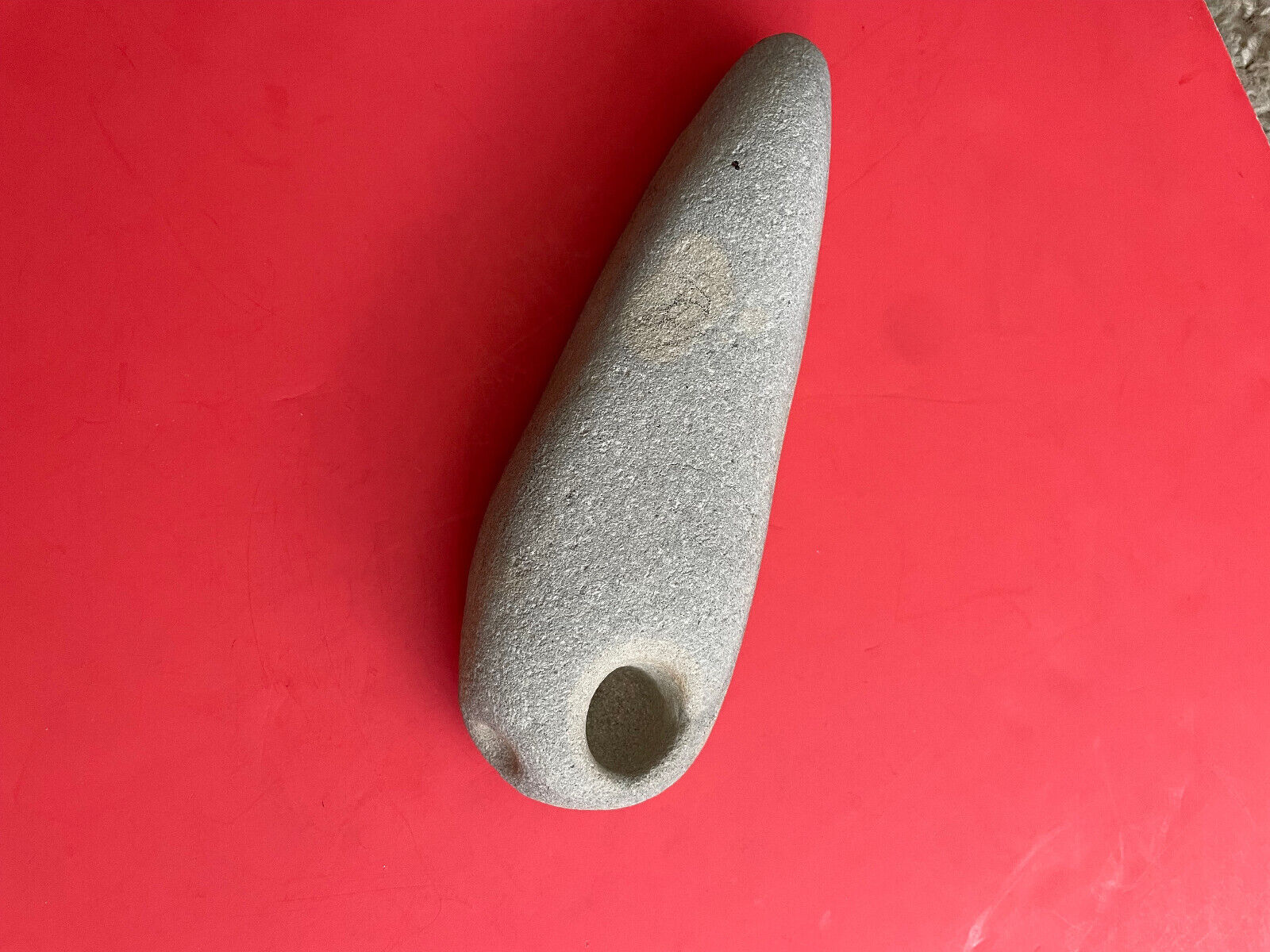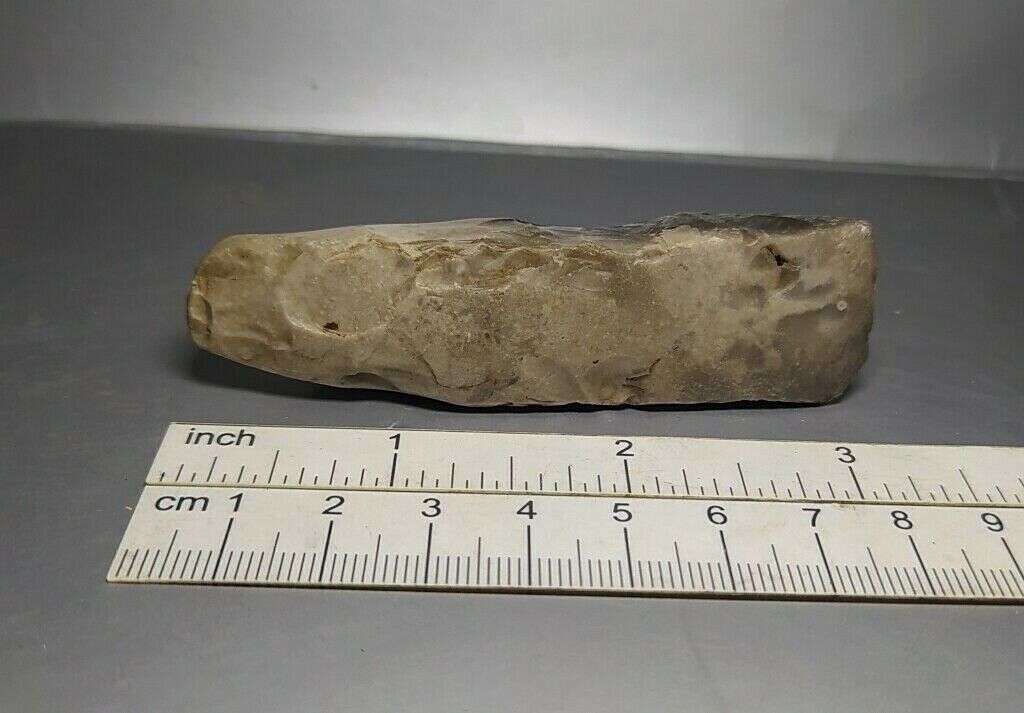-40%
ANTIQUE MEDIEVAL LARGE IRON METAL BATTLE AXE SUPER HEAVY ONE PIECE ORNATE DETAIL
$ 396
- Description
- Size Guide
Description
ANTIQUE MEDIEVAL LARGE IRON METAL BATTLE AXE SUPER HEAVY ONE PIECE ORNATE DETAILThis is a decorative axe made in the 19th century during the Victorian period - awesome piece !!
It would make an excellent addition to any collection!
Please see photos for item condition and description.
Please see my other listings and follow my store for more interesting collectibles!
100% SATISFACTION GUARANTEED !!!!
Please expect age appropriate wear on previously owned items. Note number in brackets in title is just my inventory number.
Between 60,000 and more than a million years old. Technology from one of our very distant ancestors. Found in the Sahara Desert by nomads searching for meteorites.
Dating these axe's is highly problematic but generally these become more worked and better more symmetrical shape as time went by and the rougher ones is toward the earlier (Older) range. Most are around 60,000 to upwards of a million years old but some are believed to be more than 1.5 million years old. They are definitely pre neolithic as neolithic ones were well worked and smooth - and usually smaller.
-------------------------------------------------------------------------
I have a quantity of these so see my other ebay listings for more. I have enough listed to make a great study collection.
----------------------------------------------------------------------------
From Wikipedia (Reproduced as per their commons licence) - Homo erectus (meaning 'upright man') was a species of archaic human from the Pleistocene, earliest occurrence about 2 mya and are among the first recognisable members of the genus Homo. Homo erectus was the first human ancestor to spread throughout the Old World, having a distribution in Eurasia extending from the Iberian peninsula to Java. African populations of Homo erectus are likely to be the direct ancestors to several human species, such as H. heidelbergensis, H. antecessor, Neanderthals, Denisovans, and ultimately modern humans.











